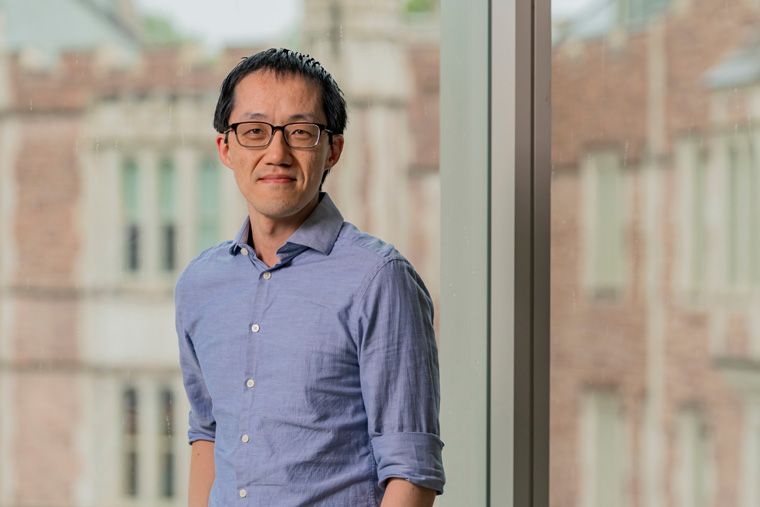By combining machine learning with the laws of physics, researchers in the lab of Matthew Lew, associate professor of electrical and systems engineering at Washington University in St. Louis, have been able to sort out the orientation and position of overlapping single molecules in 5D from a single image.
Their research was published Sept. 26 in the journal Optics Express.

The five dimensions in question aren't new, hidden spatial dimensions. Instead, a team headed by Tingting Wu, a PhD student in the McKelvey School of Engineering's imaging sciences program, was able to design a system that could tell the orientation of a molecule in 3D space as well as its position in 2D, five parameters from a single, noisy, pixelated image.
The kind of imaging carried out in the Lew lab - of single molecules - tends to be very "noisy," containing "specks" or fluctuations that can obscure an image. For most machine learning neural networks, Lew said, "robustly dealing with that kind of noise can be very complicated to learn."
Ultimately, this system will be able to help researchers better understand biological processes at tiny scales - like the way in which amyloid proteins assemble to form the tangled structures associated with Alzheimer's disease.






